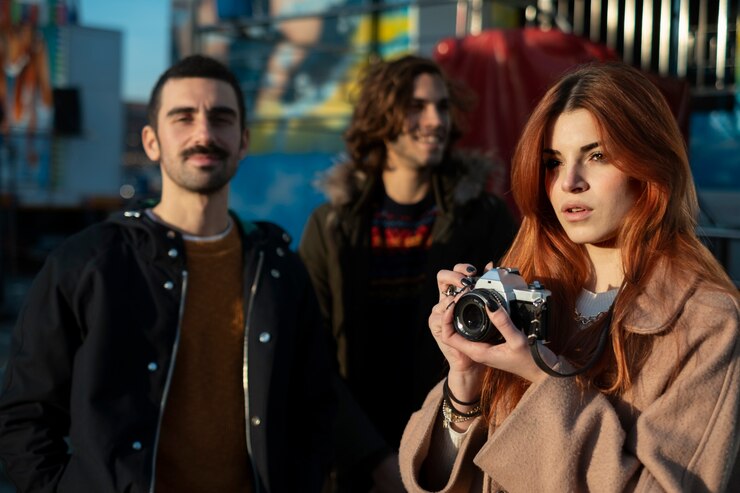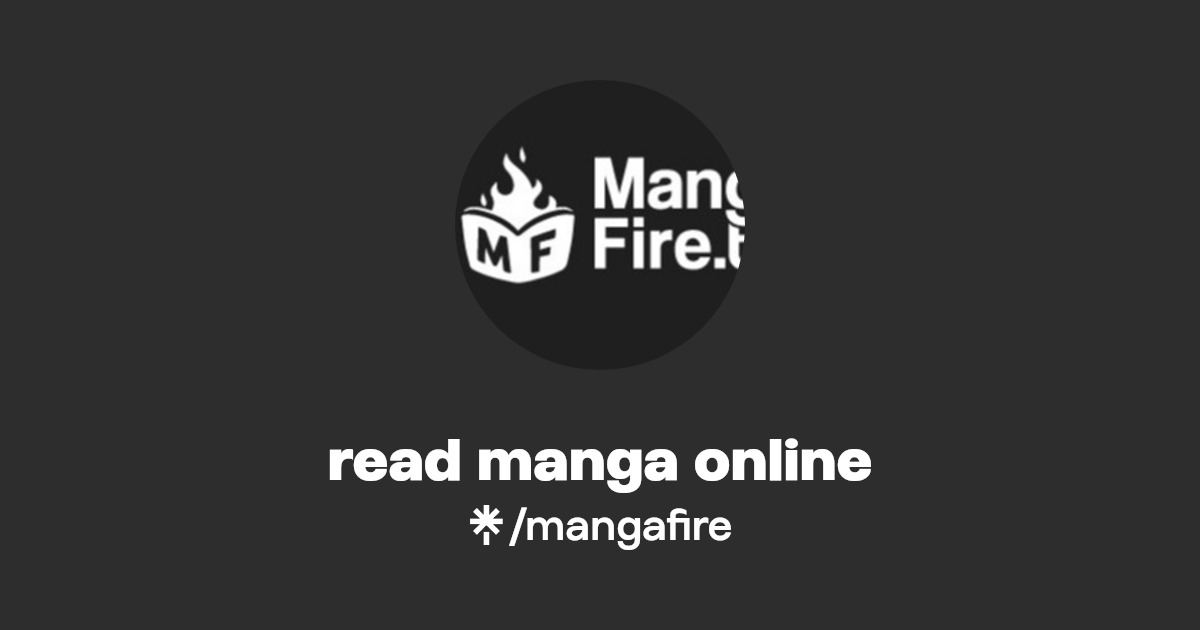In the ever-evolving world of social media, a new trend or platform can rise to popularity seemingly overnight. One such term that has gained attention recently is “InfluencersGoneWild.” While the phrase might initially seem straightforward, its implications, digital footprint, and audience appeal are more layered than they appear at first glance.
What is InfluencersGoneWild?
“InfluencersGoneWild” appears to be a user-driven platform or term used to describe content that features social media influencers in more unfiltered, provocative, or risqué scenarios than they typically share on mainstream platforms like Instagram or TikTok. Unlike curated posts that align with brand deals and aesthetic consistency, the content shared under this term is often more candid or explicit in nature.
The Rise of Candid Influencer Content
The influencer economy thrives on relatability, and many followers appreciate behind-the-scenes glimpses of the real lives of those they admire. “InfluencersGoneWild” taps into this by showcasing influencers in their off-brand moments. Whether it’s party footage, wardrobe malfunctions, or just raw, unfiltered images, the appeal lies in the authenticity—or the illusion of it.
This type of content also intersects with the growing popularity of subscription-based platforms like OnlyFans, where influencers share exclusive, often adult-themed content in exchange for monthly payments.
Controversy and Ethical Concerns
With popularity comes controversy. Many images and videos circulating under “InfluencersGoneWild” are reposted without the creator’s consent, raising significant privacy and ethical issues. There are also concerns about the impact on mental health for influencers whose content is shared without control.
Moreover, it raises questions about digital consent, content ownership, and the responsibility of viewers and platforms in respecting the privacy of public figures.
Audience and Cultural Impact
The audience for “InfluencersGoneWild” content is often composed of digital voyeurs seeking more intimate access to influencer lifestyles. This phenomenon reflects a broader societal trend where the boundaries between public and private lives continue to blur.
From a cultural standpoint, this trend can be seen as both a critique and a byproduct of influencer culture itself—an arena where image is everything, but authenticity is in high demand.
Conclusion: The Double-Edged Sword of Internet Fame
“InfluencersGoneWild” exemplifies the challenges that come with internet fame. While increased visibility offers financial and social benefits, it also invites scrutiny and, in some cases, exploitation. For influencers and viewers alike, it’s essential to navigate this digital terrain with awareness, respect, and a deeper understanding of privacy and consent in the digital age.
As social media continues to evolve, so too will the ways in which we engage with and perceive online personalities. “InfluencersGoneWild” is just one of many signals that the age of curated perfection may be giving way to something more raw, real—and, at times, controversial.





